
 "
"

 "
"
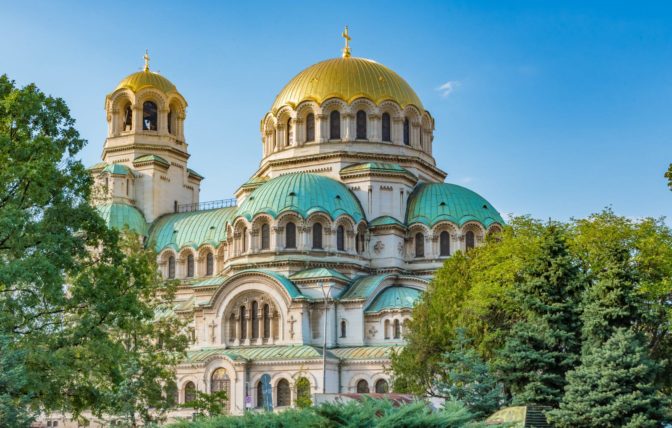
The diverse terrain encompassing Black Sea coastline in the Balkans, Bulgaria is one of the safest countries to visit. A cultural melting pot with Greek, Slavic, Ottoman, and Persian influences, it has a rich heritage of traditions. Bulgaria has a wealth of attractions crammed into a relatively compact country. This is a land of adventures, where you can get lost in the mesmerizing architectural sights and the historical past attached to the country.
Here are some sights that you should not miss out during your staycation at Bulgaria.
Historic Melnik
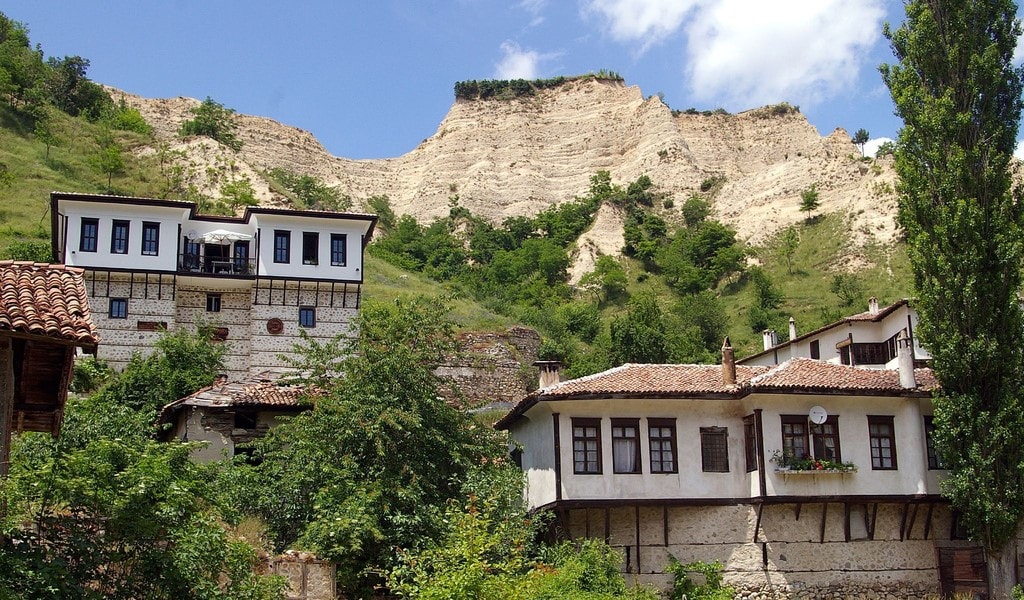
The smallest and warmest town in Bulgaria, Melnik is famous for its natural phenomenon—the sandstone Melnik Pyramids. Founded more than 1,000 years ago in the 9th century, Melnik has changed hands numerous times as war swept Europe over the centuries, at different times belonging to the Bulgarian Empire, the Ottoman Empire, Bulgaria, Russia, and then Bulgaria once more. The remote city is nestled in the Pirin Mountains, and offers a storied history and sights including the Kordopulov House, a private museum.
Buzludzha Monument
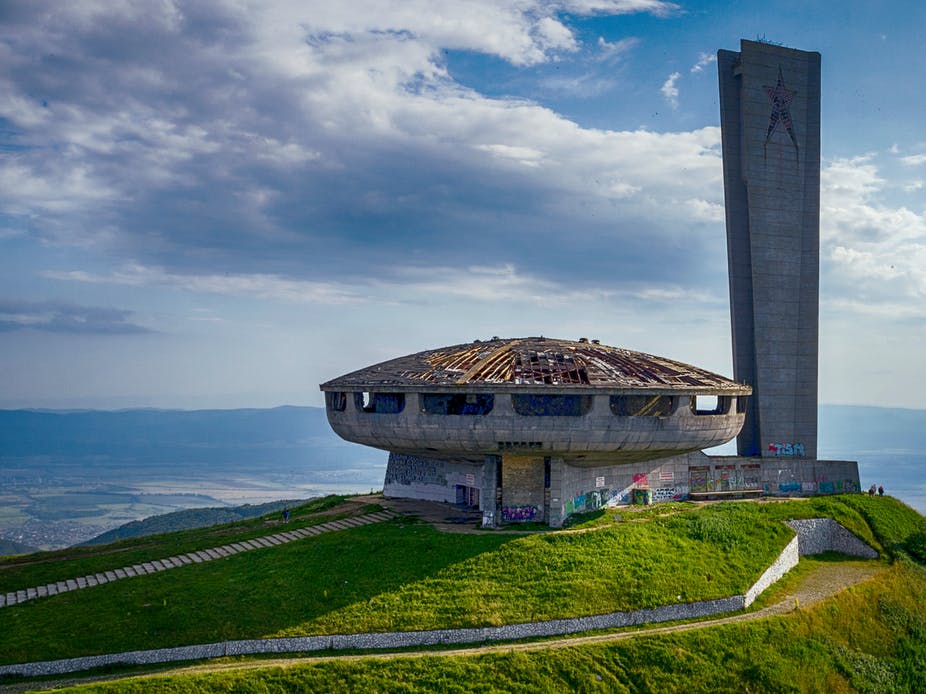
On the remote Buzludzha peak in the mountains of Bulgaria stands an unusual abandoned monument. The peak itself was the site of a battle between the Bulgarians and the Turks in 1868. In 1961, to mark 70 years since Dimitâr Blagoev’s group met at Buzludzha Peak to find the Bulgarian Social Democratic Workers Party. The saucer like monument was built by the communist government as the Monument House of the Bulgarian Communist Party.
Belogradchik Rocks
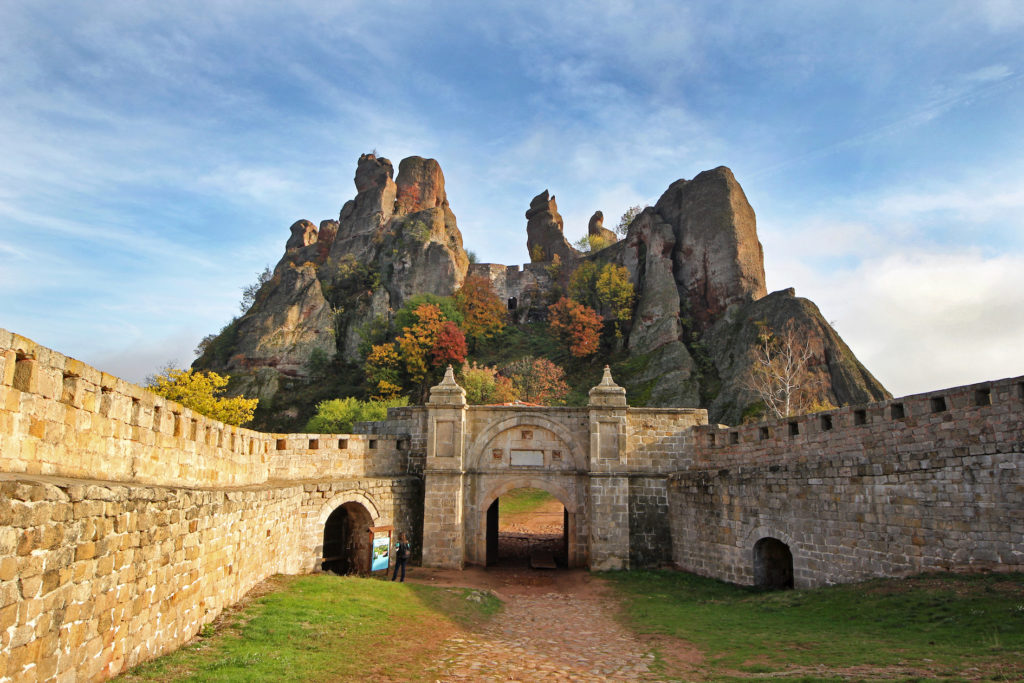
The rocks of Belogradchik are rock sculptures, situated west of the town of Belogradchik, in the fore hills of the western Balkan mountain range. They contain groups of rock figures resembling people, animals, fortresses, pyramids or different objects with imposing sizes – from a few meters to several dozens of meters. Over 230 million years, the rock formations have been given names such as the horseman; the school girl; the bear; the fortress; the cuckoo and more. Romans built there first fortress here which was later reconstructed and enlarged in 1805-1837 for the last time.
Burgas Lakes
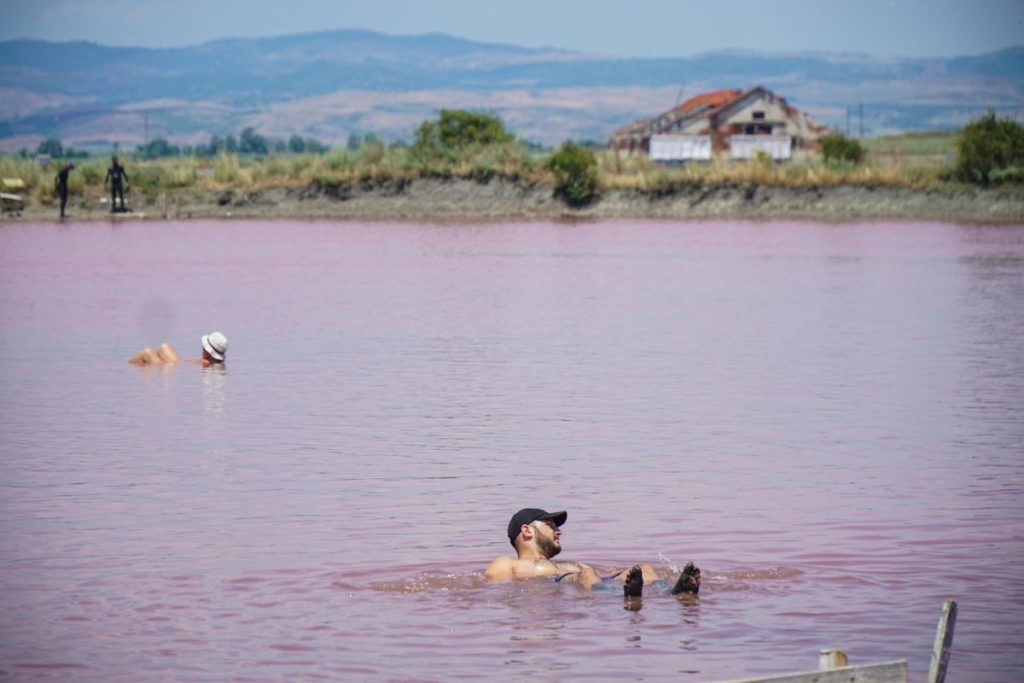
Pink waters lap at the vast saltwater Lake Atanasovsko, attracting a large number of visitors to the sight each year. The vivid colour is created naturally by microscopic shrimp in the water. It’s a common sight to see people covered in mud as the lake’s rich nutrients have turned the place into a large open-air mud bath and spa. Rent a kayak for a gentle ride across the waters or go for a quick swim at this revitalizing lake.
Devil’s Bridge
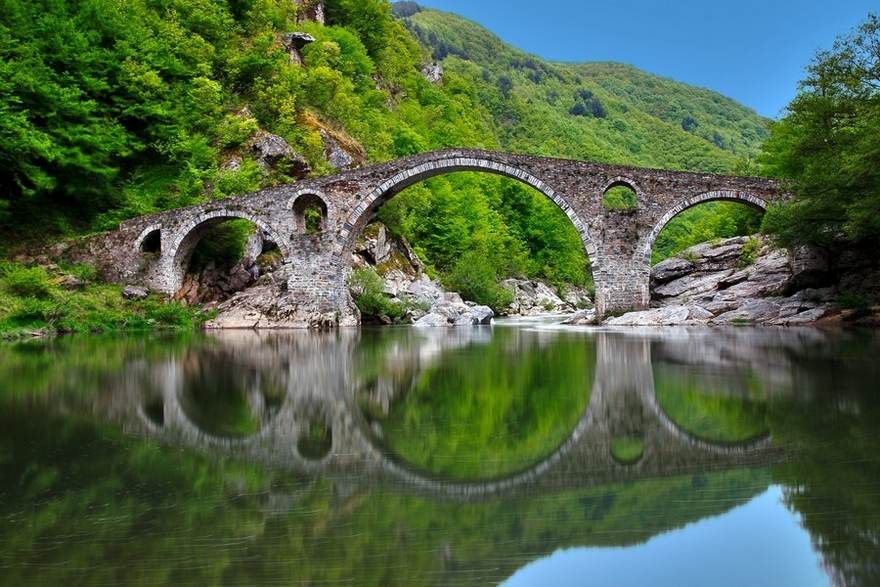
The Dyavolski Most also known as the Devil’s Bridge is an arch bridge over the Arda River, close to Ardino, Bulgaria. Legend has it that the bridge was built by the Romans to link the Aegean Sea and the region of Thrace in Bulgaria. Dyavolski most was rebuilt between 1515 and 1518 by the Bulgarian Master Dimitar under the Ottoman occupation of Bulgaria. It was the spot for filming several scenes from the 1988 Bulgarian movie “Time of Violence” (“Vreme Razdelno”). The bridge was declared a cultural monument in 1984.
Museum of Socialist Art
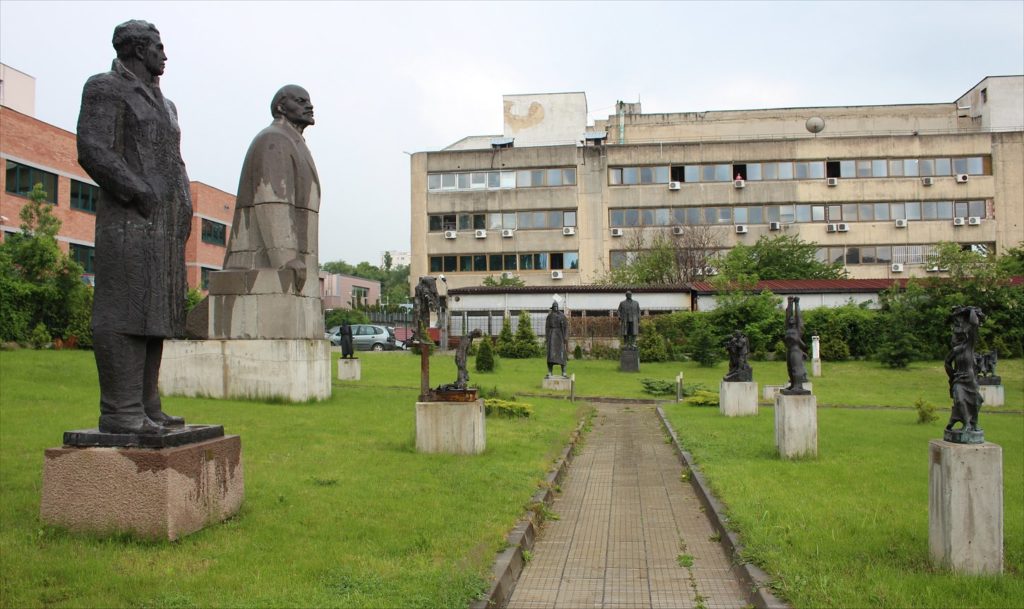
The Museum of Socialist Art in Sofia is a museum of art which covers the history of the communist era in Bulgaria. It presents works from the period of Socialist rule in Bulgaria (1944–1989). Over 70 works of monumental sculpture are exhibited in a park covering 7,500 sqm. In a hall area, temporary exhibitions based on a content and thematic principle show present ideological forms of art. Archival and documentary films are projected in a video room.